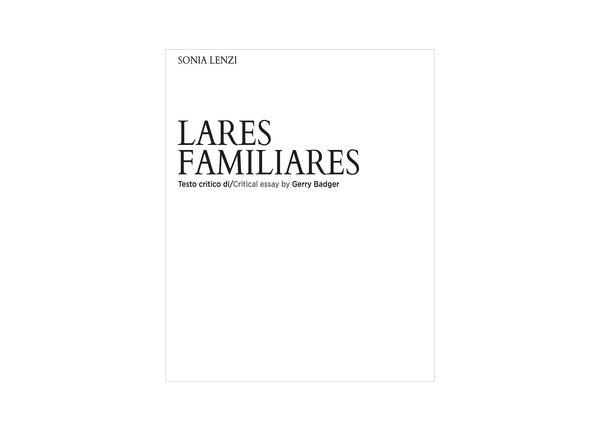

Sonia Lenzi
Lares Familiares
Giannini Editore, Napoli — 2016
In the Roman world, and therefore in the Vesuvian area, the lares were divinities who assured protection and luck for the families to whom they belonged, thus were given an honoured place at the heart of the house, in a special shrine, the lararium. This practice bears more than a passing relationship with the neighbourhood and familial kiosks, the votive shrines in the old quarters of Naples.
The aim of my work it is not only to examine the fascination link between these traditions, but to actually bring them together, and in essence demolish the centuries in between. The lares of the Museum collection, kept in the storerooms, become three-dimensional photographic objects that some families of the Quartieri Spagnoli, Rione Sanità,Forcella and Mercato have placed in the shrines within their guardianship. I have also created contemporary lararia, making seven contemporary ‘kiosks’, so that the two traditions can be placed side by side, in the objects that I have photografed, given to me by members of familily, whom I established a relationship with or recreated.
All my work is about interaction and connection, within the domestic family certainly, but also within the larger family that is society. I am concerned with the relationships between people, between cultural traditions, between eras. Many of my projects contain a performing aspect, an active element.
In this project, Sonia Lenzi, wanted to make aware the communities and families whom she involved, that culture is an alternative, positive value. A value that can heal the wounds created by the camorra or by difficult lifes, like Annalisa Durante’s, who was killed by the camorra.
So, in a further act of connectivity, the contemporary lares, which sat briefly in the shrines of Old Naples, have been given permanently to the guardians of the kiosks who accepted them, to bring their own bona fortuna directly from ancient Rome.